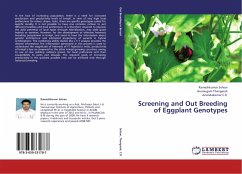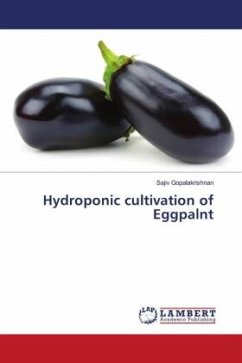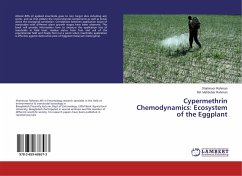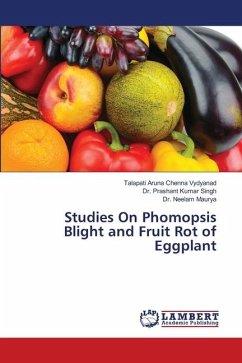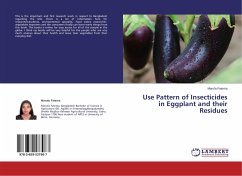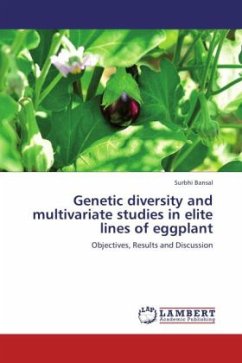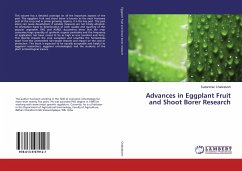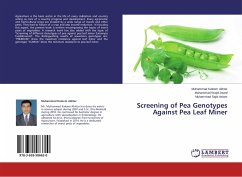In the face of increasing population, there is a need for increased production and productivity levels of brinjal. In view of very high local preferences for colour, shape, taste, there are specific genotypes suited for specific locality. It is not possible to have one common cultivar to suit different localities and local preferences. It is therefore required to improve the yield potential of local types through hybridization, may yield good hybrids or varieties. However, for the development of effective heterosis breeding programme in brinjal, one need to have the information about genetic architecture and estimated prepotency of parents in hybrid combinations. The combining ability studies like L X T analysis provides the desired information.The information generated in this process is used to understand the magnitude of heterosis of F1 hybrids.In India, productivity of brinjal is low as compared to the other brinjal growing countries, owing to use of low yielding cultivars grown for local preference and their susceptibility to pests and diseases. The required goals of increasing productivity in the quickest possible time can be achieved only through heterosis breeding.
Bitte wählen Sie Ihr Anliegen aus.
Rechnungen
Retourenschein anfordern
Bestellstatus
Storno

